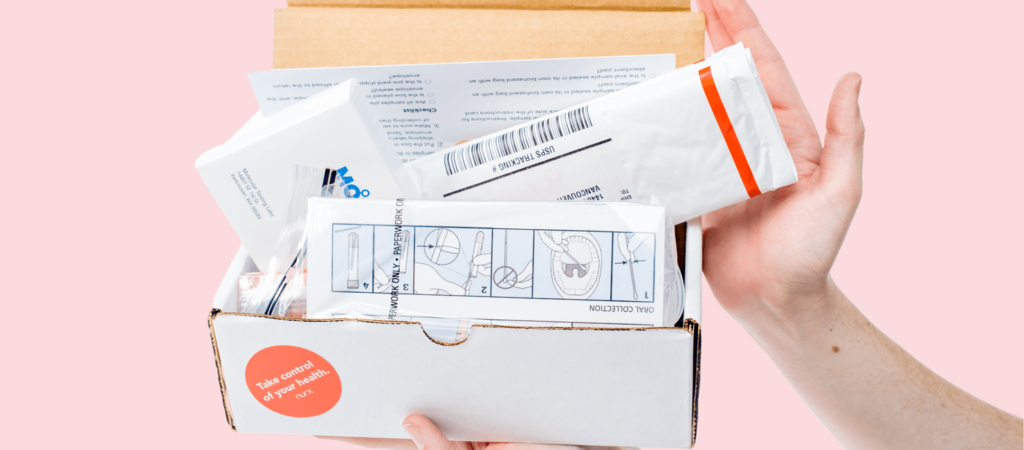What Every Woman Needs to Know About HIV Prevention
Since the actor Tom Hanks played a man dying of HIV/AIDs in the 1993 film “Philadelphia,” our culture has depicted men as the face of HIV. But the reality is HIV affects 51% of women globally, per a report from UNAIDS. Every four minutes, three young women somewhere in the world are infected with HIV.
In this country, the numbers are far lower, but no less disturbing. The U.S. Centers for Disease Control and Prevention report that women account for one in five new HIV diagnoses. The numbers are much worse among Black women. One in 54 Black women will be diagnosed with HIV in her lifetime.
The good news is there’s preventative treatment — known as oral pre-exposure prophylaxis, or PrEP — that’s up to 99% effective at preventing HIV. The bad news? More than 1 million people in the United States who should be taking PrEP to prevent HIV are not.
The National HIV/AIDS Strategy was recently updated to call for a massive scale-up of the delivery of PrEP. This means more and more women are being encouraged to take the once-daily PrEP pill Truvada®, which the FDA approved for HIV prevention back in 2012.
Since that time, the number of people taking PrEP has soared 880%. But when researchers took a snapshot of PrEP use in 2016, they found men accounted 93% of PrEP users — meaning the message isn’t reaching women.
Because knowledge is power — and women need more of it, not less — we’re here to break down what you need to know about HIV prevention with Truvada.
What is Truvada?
Truvada is a daily pill taken if you don’t have HIV and want to stay that way. Truvada has two main ingredients: emtricitabine and tenofovir disoproxil fumarate. Together, these medicines block the HIV virus from making copies of itself and spreading.
Truvada is preventative, similar to birth control. Just like some birth control prevents ovulation, Truvada stops HIV from taking hold in your body.
Who should take Truvada?
More heterosexual women should be taking Truvada, although many are not. Straight couples accounted for close to a quarter of HIV diagnosis in 2017 — but the heterosexual community is largely silent about these risks.
This is a problem, because heterosexual women are more than twice as likely to be diagnosed with HIV than their straight male partners, per recent stats from the CDC. Women who aren’t taking Truvada should consider it, in consultation with a trusted provider.
If you’re HIV-negative, chat with a Nurx provider to find out whether Truvada is right for you. Just like taking birth control, it’s good to be proactive and talk openly about your sexual health. Nurx providers are here to inform you — not judge you.
If you’re not sure if you’re HIV negative, Nurx can help by sending you a discreet at-home test.
What does Truvada cost?
Truvada is often covered by insurance. Ask your insurance provider if the prescription is available under your plan and whether there’s a monthly copay.
Without insurance, Truvada is expensive, costing upwards of $2,000 for a 30-day supply. But price shouldn’t prevent you from getting PrEP. Several payment assistance programs are out there, some offering coupons good for up to $7,200 in copay coverage a year.
Nurx helps to match you with the right payment assistance program. Most women on PrEP spend little to nothing for the medication each month.
Now that you’re armed with knowledge about HIV prevention, what are you waiting for? Protect your health for good by downloading the Nurx app today.
This blog provides information about telemedicine, health and related subjects. The blog content and any linked materials herein are not intended to be, and should not be construed as a substitute for, medical or healthcare advice, diagnosis or treatment. Any reader or person with a medical concern should consult with an appropriately-licensed physician or other healthcare provider. This blog is provided purely for informational purposes. The views expressed herein are not sponsored by and do not represent the opinions of Nurx™.





